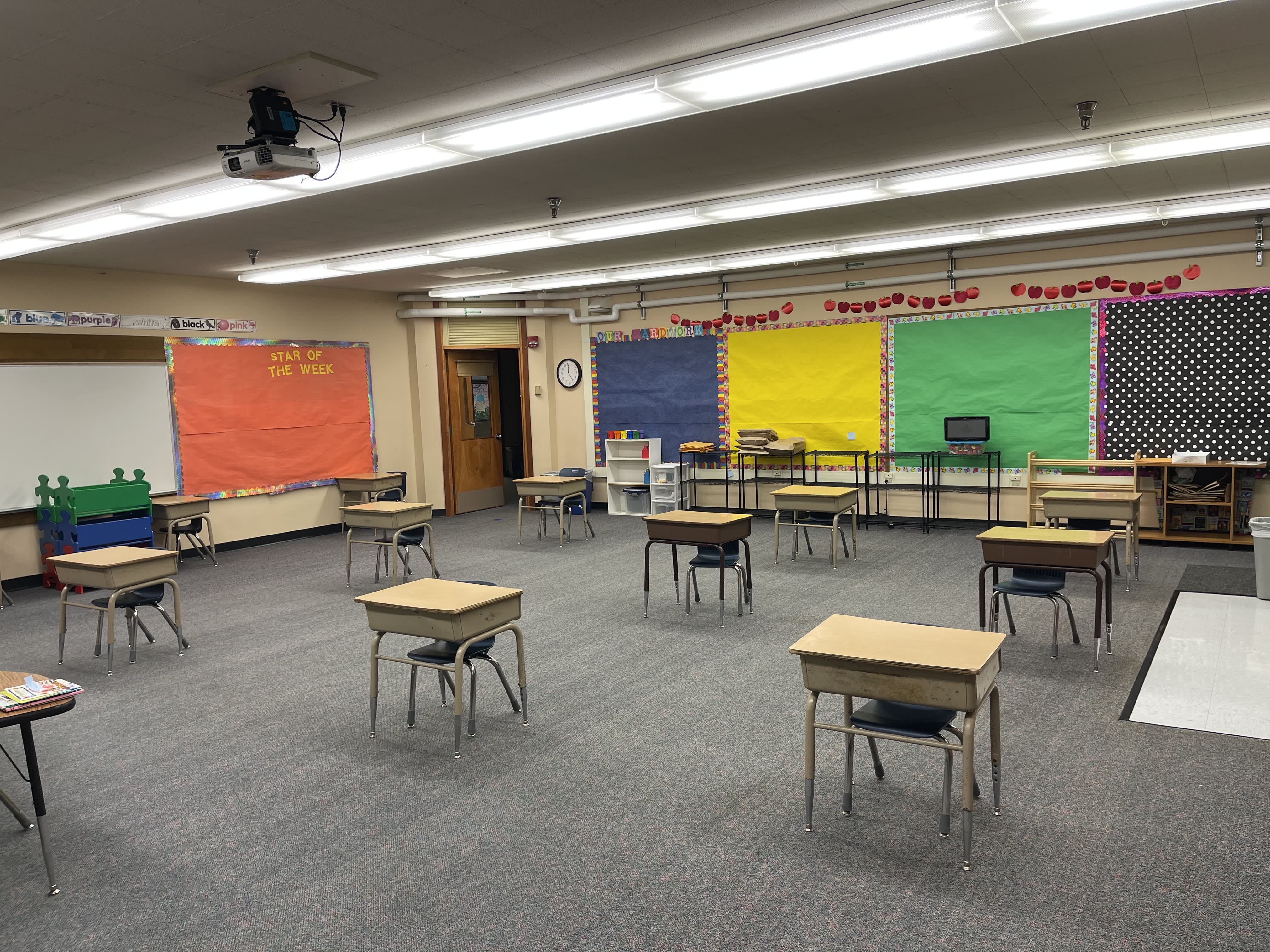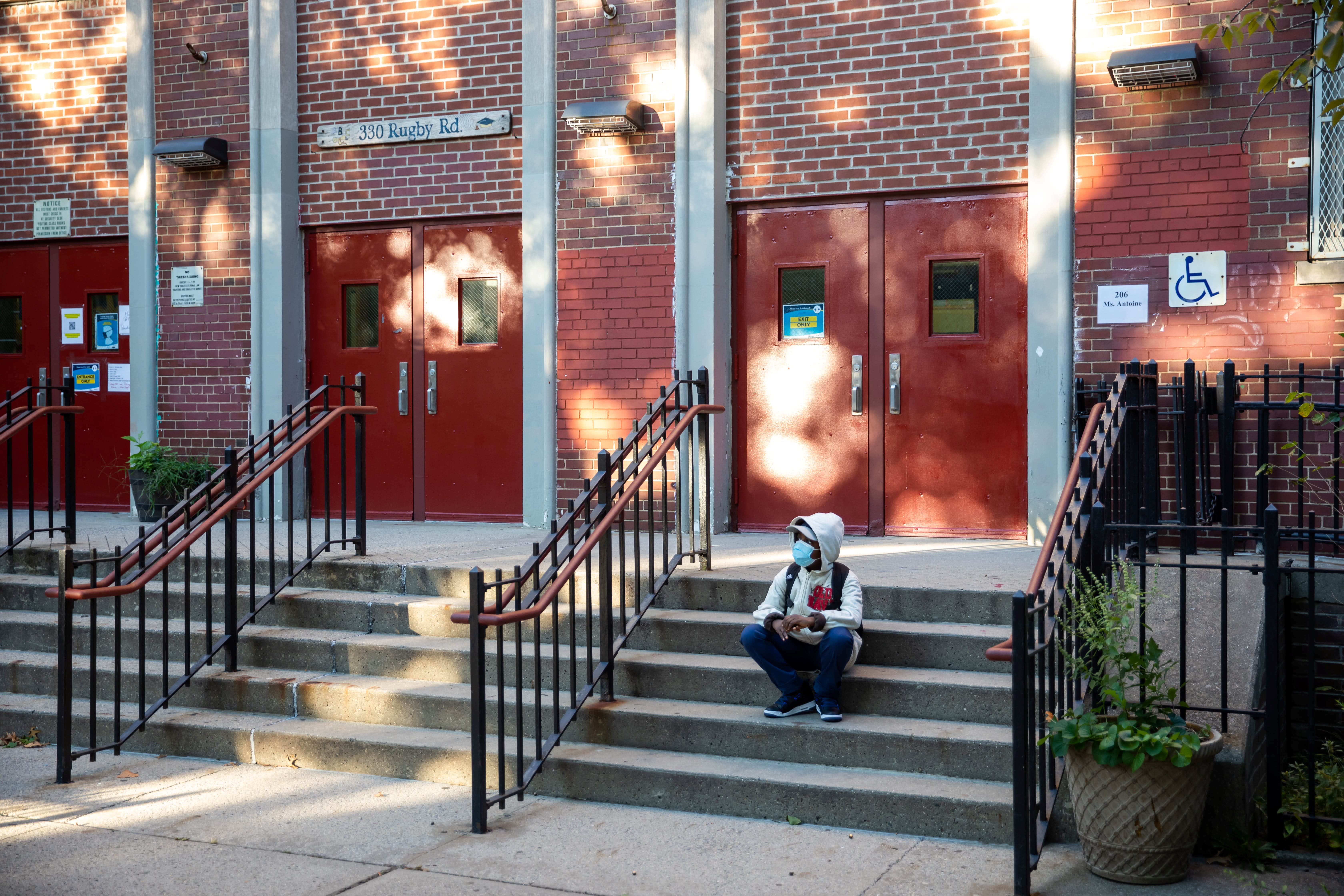How far apart is far enough? That is a key question for educators and parents as Massachusetts moves toward getting kids back in the classroom full-time come April 1.
While it’s certainly about safety during a pandemic, it’s also about getting as many students as possible into the room. At three feet apart -- the World Health Organization's recommendation -- the typical classroom can handle 25 desks. A six-foot spread, recommended by the U.S. Centers for Disease Control and Prevention, cuts that down to 12.
Staff at Billerica's Ditson Elementary are doing what they can to prepare.
Get Boston local news, weather forecasts, lifestyle and entertainment stories to your inbox. Sign up for NBC Boston’s newsletters.
“It looks like a traditional classroom, how it would have been set up pre-pandemic. But you can see where we’ve alternated seats so that students would sit in a group of two, like they would typically, but just the second desk is unoccupied at a given point in time,” Superintendent Tim Piwowar said.
Congressman Jake Auchincloss tweeted his support for reopening schools, adding, “To make it happen, we must drop the 6-feet requirement, and we must ensure that all teachers have the opportunity to get vaccinated.”
Dr. Katherine Gergen-Barnett, a professor of family medicine at Boston University, supports the three-foot distance because its not the whole ballgame.
“Increasing the ventilation in schools, mandatory mask-wearing except when people are eating, having people podded, having screening before people come in -- there’s now surveillance testing," she said. "All of these factors reduce risk of spread enormously and that is what we need to focus on as we get our kids back in school.”
And, Gergen-Barnett said, schools have proven safer than most places when it comes to the virus.
Having trouble getting a coronavirus vaccine in Massachusetts? Submit a tip to our investigators here.
“We’re consistently seeing spread in schools being way below community spread and, in fact, having our kids in schools reduces their risk of getting COVID-19 and reduces the risk of giving it to other people,” she said.
Everyone agreed the kids need to get back in the classroom for the sake of their education and their mental and emotional health. The question is how best do do it without risking the spread of COVID-19.



